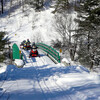
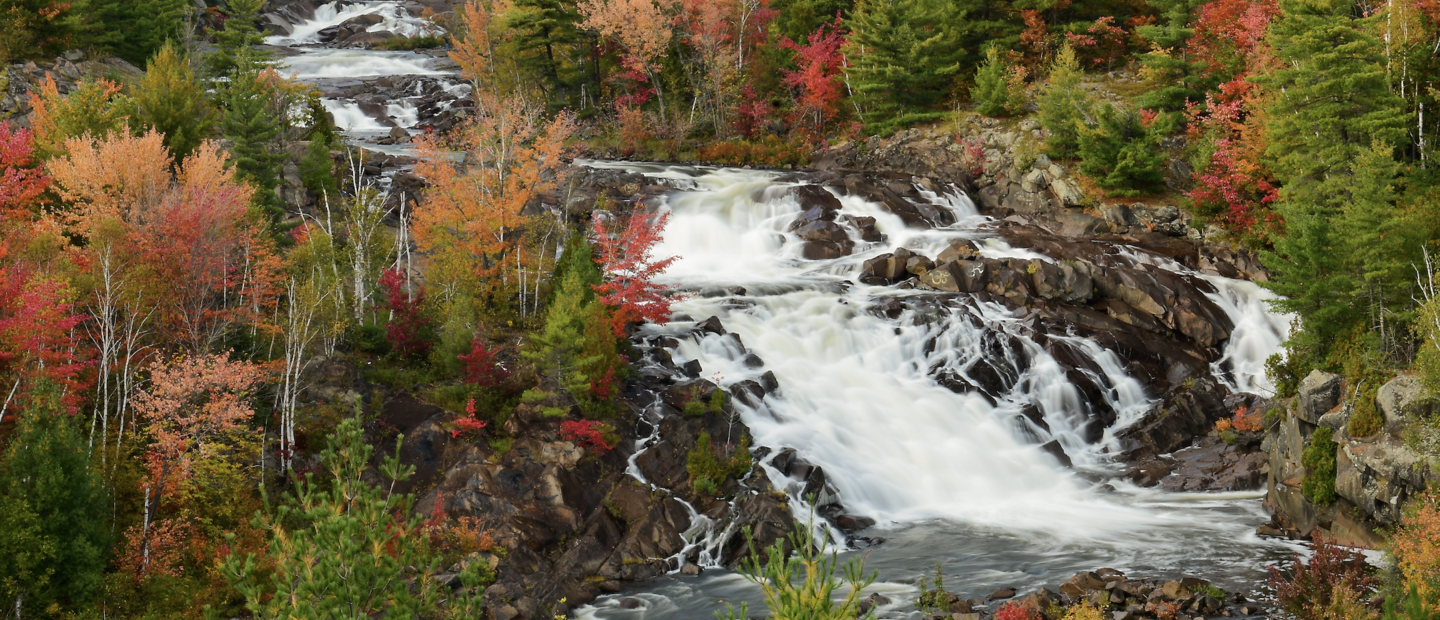
Experience the Group of Seven in Sudbury, Ontario
Please note: The Art Gallery of Sudbury building is currently closed for structural analysis and repair. Please visit its temporary location at 174 Elgin Street. Visit the website for details.
The story of the Group of Seven reaches far in wide in Canada, but Ontario was near and dear to their hearts as this wonderful province is where they called home. This prolific group of painters changed the way Canadians looked at art in Canada forever and they traveled this province painting the beauty of our landscapes. They marvelled at our untouched wilderness and healed their souls with the exquisite land formations they were surrounded with on every trip they made into Northern Ontario.
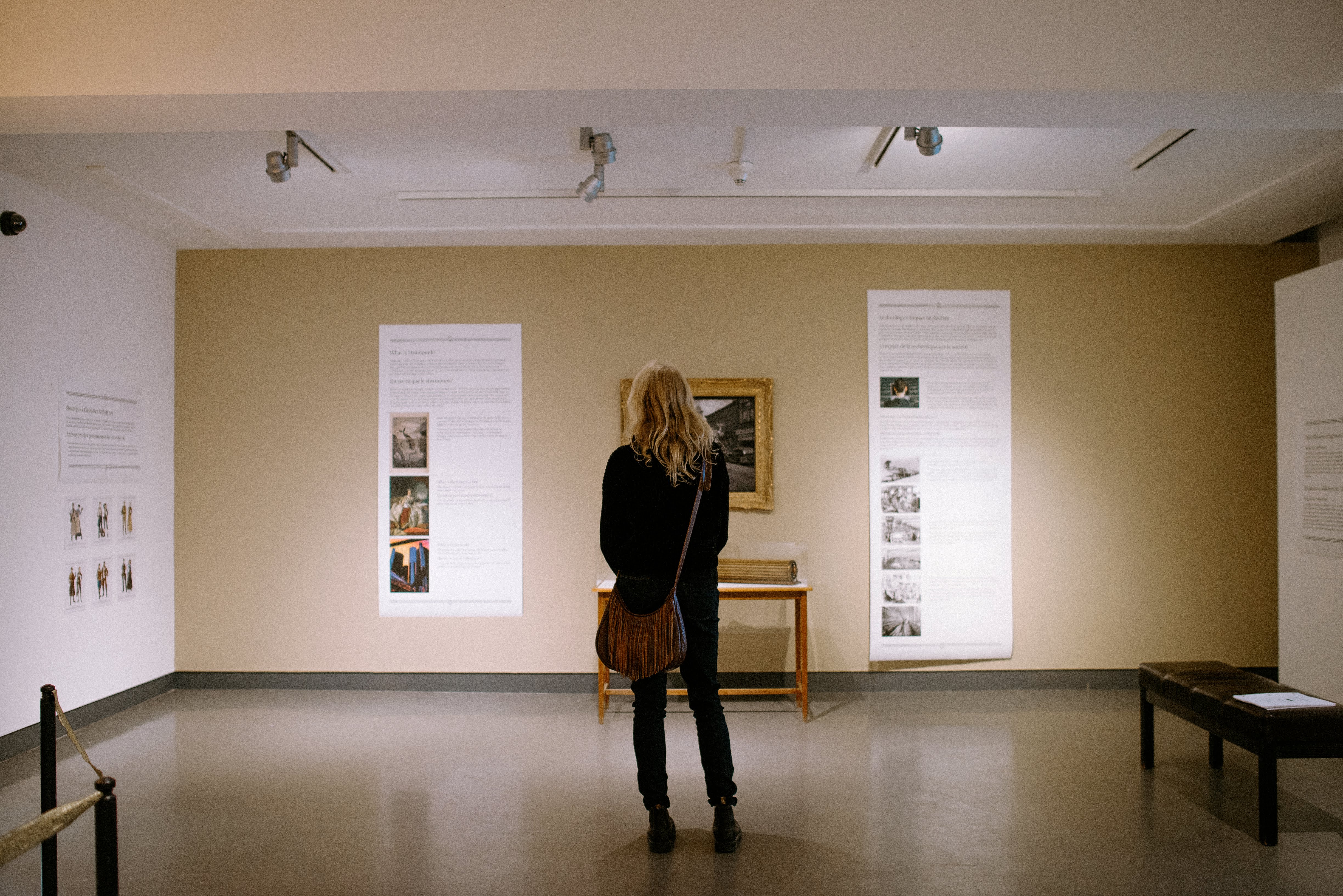
The Group of Seven makes waves in early Canada
They named themselves the Group of Seven, but the group was originally named the “Algonquin School” because of their ties to Algonquin Park, an area introduced by their great friend Tom Thomson, that died so suddenly in the park he loved so much. The Group embarked on their first showing in Toronto on May 7, 1920 and saw one art critic H.F. Gadsby dub the painters “The Hot Mush School,” as the texture of their paintings reminded him of porridge. The Morning Post, however, saw them as being “the greatest foundation of what may become the greatest schools of landscape painting.” Regardless of the differing opinions about their art, Canada now had their own art style that depicted the beauty and ruggedness of this great country. It’s hard to believe that their last showing as the Group of Seven was just ten years later in 1930, as the painters, began, after that last group showing, to redefine their own personal styles.
Finding the Group of Seven history in Sudbury
Stories abound about their travels in northern Ontario—our rugged landscapes certainly made traveling an experience! Today, you can still enjoy many of the beautiful landscapes that remain untouched, but you can utilize northern Ontario’s largest city, Sudbury as your home base, while exploring the area and taking in some of these beautiful sites. When you arrive in Sudbury, you will realize why Sudbury is famous, not only for its size and beautiful location, but also for its resource-based industries that dot the beautiful wilderness of this area. The Big Nickel is a must-do photo op while staying in the area as well as visiting Dynamic Earth, where you go underground on this mine tour! Of note, these scenes of industrializing did not deter the Group of Seven as illustrated by Franklin Carmichael’s painting “In the Nickel Belt” c. 1928. This painting is part of the Firestone Collection of Canadian Art at the Ottawa Art Gallery. He saw both beauty and forward movement of the economy during the formative years of this country putting brush to canvas on this painting.
Many of the sites painted in the Sudbury area remain untouched today, as they are in protected parks, such as Killarney and Algonquin Park. A little-known story about the Group of Seven is that A.Y. Jackson is often referred to as the grandfather of Killarney Provincial Park, an unofficial title but it came to be as Jackson worked tirelessly to preserve the land located on the north coast of Georgian Bay. In 1932, a Spanish logging company was lobbying to deforest this area, Jackson fought hard and land protection was granted in 1933. In 1964 the boundary was expanded, and Killarney Provincial Park was made official. Today, you can stop into Killarney just a short trip off the 400 Highway just an hour from Sudbury and hike into the park to visit sites, take part in their Art in the Park program or sign up for an art lesson right there at the park.
Just 45 km northwest of downtown Sudbury you can enjoy a gorgeous waterfall, High Falls, on the Onaping River. This site was captured on canvas by AY Jackson in 1953, the painting called “Spring on the Onaping River”. The site remains the same, but the painting, was stolen in 1974 and has never been seen again. The site has a commemorative plaque and the lookout is named the A.Y. Jackson Lookout.
Some may recall the famous painting, Lake Wabagishik, painted by Franklin Carmichael in 1928, and currently displayed at the McMichael Canadian Art Collection. Be sure to visit the painting on the wall then travel to the beautiful lake that inspired the painting—located just east of Sudbury by Nairn Centre, just 52 km from Sudbury’s city centre.
Make sure while you are in Sudbury to visit the Art Gallery of Sudbury (Please note the art gallery is currently closed for the summer of 2024 for structural repair. There are temporary exhibits around the city. Visit the website for details). This gallery hosts a large permanent collection of the Group of Seven, and a new online exhibition that includes an Indigenous Collection Portal. Be sure to check the gallery site to see what exhibitions are showing when you are in the area. Every Friday, from May to September, the Gallery offers Plein Air excursions to Onaping Falls, A.Y Jackson Lookout for schools, community groups and the general public.
Visit Sudbury for an art lover's adventure today!
Exploring the north through the lens of the Group of Seven, truly helps to appreciate the landscapes. And Sudbury, located only 3.5 hours from Toronto, can be your first stop on a full Group of Seven tour. Or let Sudbury be your base camp for exploring the surrounding areas that truly captured the heart and paintbrush of the Group of Seven.
Recommended Articles

Sustainable Sudbury: An Eco-Friendly Guide To Travel
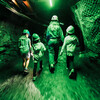
Rock On: Exploring Sudbury’s Impact Crater, Shatter Cones, and Geological Wonders
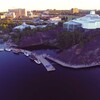
Why Conferences are Better in Sudbury, Ontario
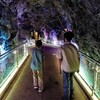
Why Sudbury is the Perfect Weekend Getaway

Discover Sudbury's Most Iconic (and Easy to Visit) Movie & TV Locations

An Insider's Guide to Sudbury

The Hidden History of Thomas Edison in Sudbury, Ontario

A Shoresy Lover's Guide to Sudbury

This Underground Lab in Sudbury Is Studying the Smallest Particle in the World
Sudbury Festivals 2025

Sudbury’s Best Bike Rides

4 Indigenous Experiences in Sudbury: Shops, Galleries, and Adventures

How Long Does It Take to Clean Sudbury's Big Nickel?
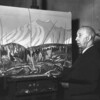
The Sudbury Art Heist
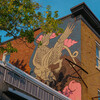
11 Must-See Murals in Sudbury, Ontario





